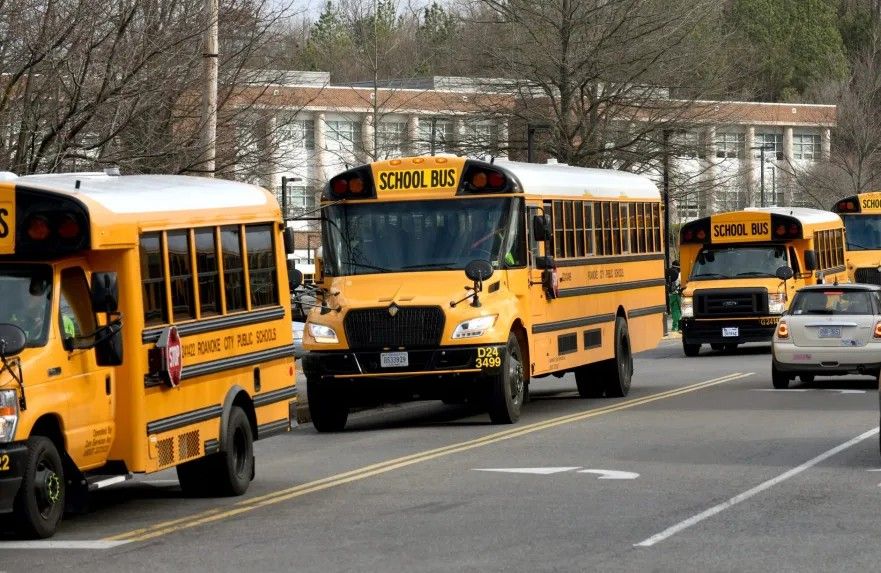Ohio Schools Face $185 Million Shortfall Amid Federal Grant Freeze
School districts across Ohio are bracing for major budget shortfalls as more than $185 million in federal education grants remain frozen, just weeks before the new academic year begins. The abrupt halt stems from a last-minute federal review of five key education funding programs.
The funding freeze was announced with only one day’s notice before more than $6 billion in national education grants were scheduled for release on July 1. The programs under review are essential to supporting STEM and arts education, afterschool programs for low-income students, and services for English language learners.
While 24 states and Washington, D.C. have filed a lawsuit challenging the freeze, Ohio is not among them—but its schools are feeling the impact nonetheless.
Columbus City Schools, the largest district in the state, is among the hardest hit. Treasurer Ryan Cook estimates the district faces a $14–$15 million reduction in state funding, compounded by a $15–$20 million shortfall due to the federal freeze. Last year, the district received nearly $50 million through the impacted grants.
Superintendent Angela Chapman said the situation will force the district to make “tough decisions” to ensure students are supported despite the funding gap. “We have to make sure that our classrooms have the resources that they need,” she said, emphasizing the urgency of preparing staff and teachers regardless of budget uncertainties.
The strain extends beyond Columbus. Olentangy Schools, the state’s fourth-largest district, received nearly $730,000 from the affected programs last year. South Western City Schools, which serves approximately 21,000 students, received around $11.4 million in federal grants this year.
Evan Debo, spokesperson for South Western, explained that losing these funds would seriously hinder programs that support elementary math instruction, student wellness services, and nearly 4,000 English language learners. He added that the district already spends less per student than the state average in an effort to maximize taxpayer efficiency.
Beyond traditional public schools, afterschool programs and charter schools are also feeling the squeeze. One of the affected grants, the 21st Century Community Learning Centers program, provides critical funding for community groups like the Boys & Girls Club and YMCA, which offer academic and enrichment programs outside school hours. That program is already slated for federal cuts starting in 2026.
So far, neither South Western nor Columbus City Schools has received updates from federal authorities about when—or if—the funding will be reinstated. In the meantime, district leaders are preparing contingency plans and reassessing budgets.
“Any time we lose dollars, it impacts what Dr. Chapman and her team are able to do in the classroom, where these dollars are needed and targeted most,” said Cook. “We continue to evaluate every way possible to do more with less.”
Both Cook and Chapman are encouraging students, parents, and community members to contact state and federal lawmakers. They are also urging residents to support veto protections by Governor Mike DeWine, which some Ohio House members are seeking to overturn. According to Chapman, safeguarding those vetoes is crucial to prevent even deeper funding losses.
